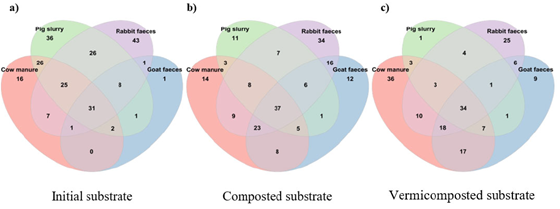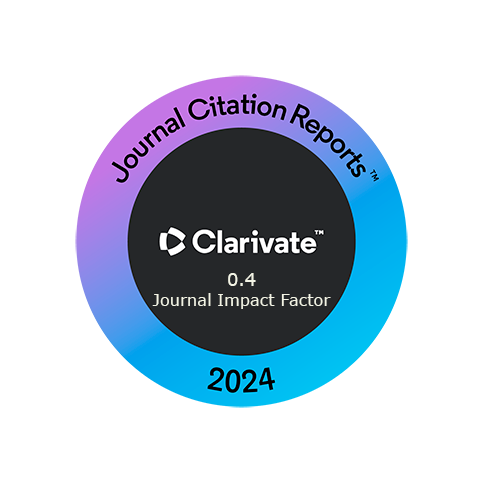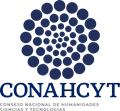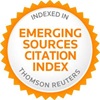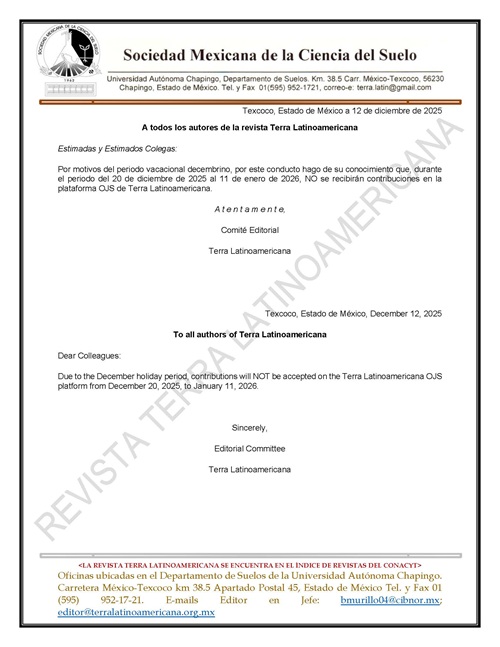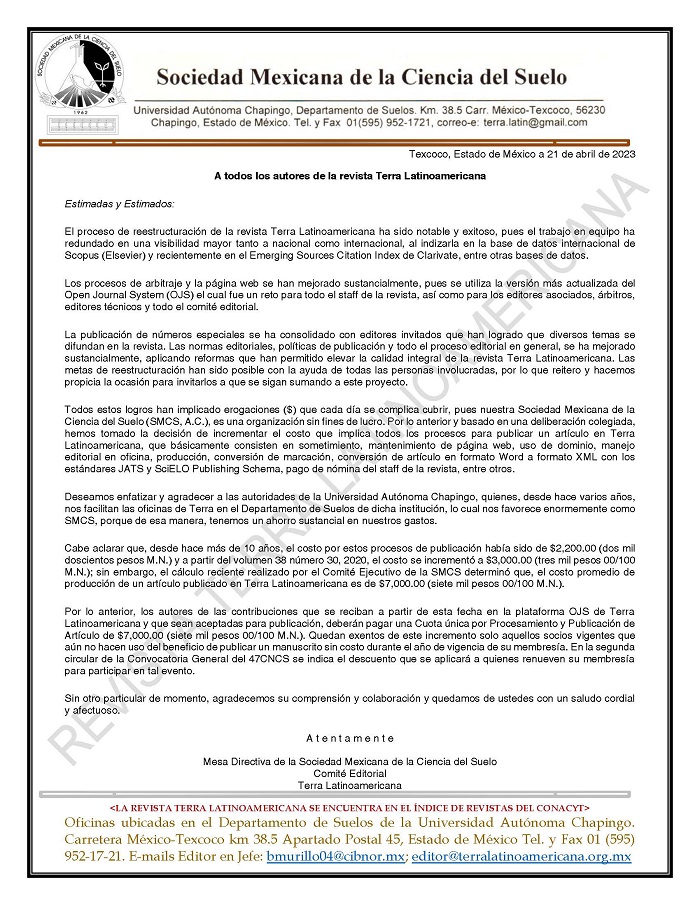Evaluation of the Bacterial Diversity of Composts and Vermicomposts Fed with Animal Waste. Data Analysis Based on Illumina High-Throughput Sequencing
DOI:
https://doi.org/10.28940/terralatinoamericana.v43i.1986Keywords:
animal feces, Eisenia fetida, miseq, metagenomic studyAbstract
Animal organic wastes are commonly applied to soil to enhance fertility. Still, before application, they are of ten composted or vermicomposted to produce a more stabilized, nutrient-rich product with a broad beneficial bacterial diversity. This study was aimed to investigate how composting and vermicomposting influenced the physicochemical properties and bacterial community structure of various organic wastes. Cow manure, goat and rabbit feces, and pig slurry were subjected to either composting or vermicomposting using Eisenia fetida for 90 days, during which their physicochemical characteristics and bacterial communities were monitored. Both composting and vermicomposting had similar ef fects on the physicochemical properties of the animal wastes: pH and total nitrogen (N) content increased. In contrast, electrolytic conductivity and organic carbon (C) content decreased. Although both processes altered the bacterial community structure across all operational taxonomic units (OTUs), significant dif ferences remained between the bacterial communities of the dif ferent organic wastes. Vermicomposting also reduced the prevalence of bacterial genera with pathogenic potential, such as Enterobacterand and Acinetobacter. The introduction of earthworms into organic waste had a similar ef fect to composting on the structure of the bacterial community.
Downloads
Publication Facts
Reviewer profiles N/A
Author statements
- Academic society
- Terra Latinoamericana
- Publisher
- Mexican Society of Soil Science, C.A.
